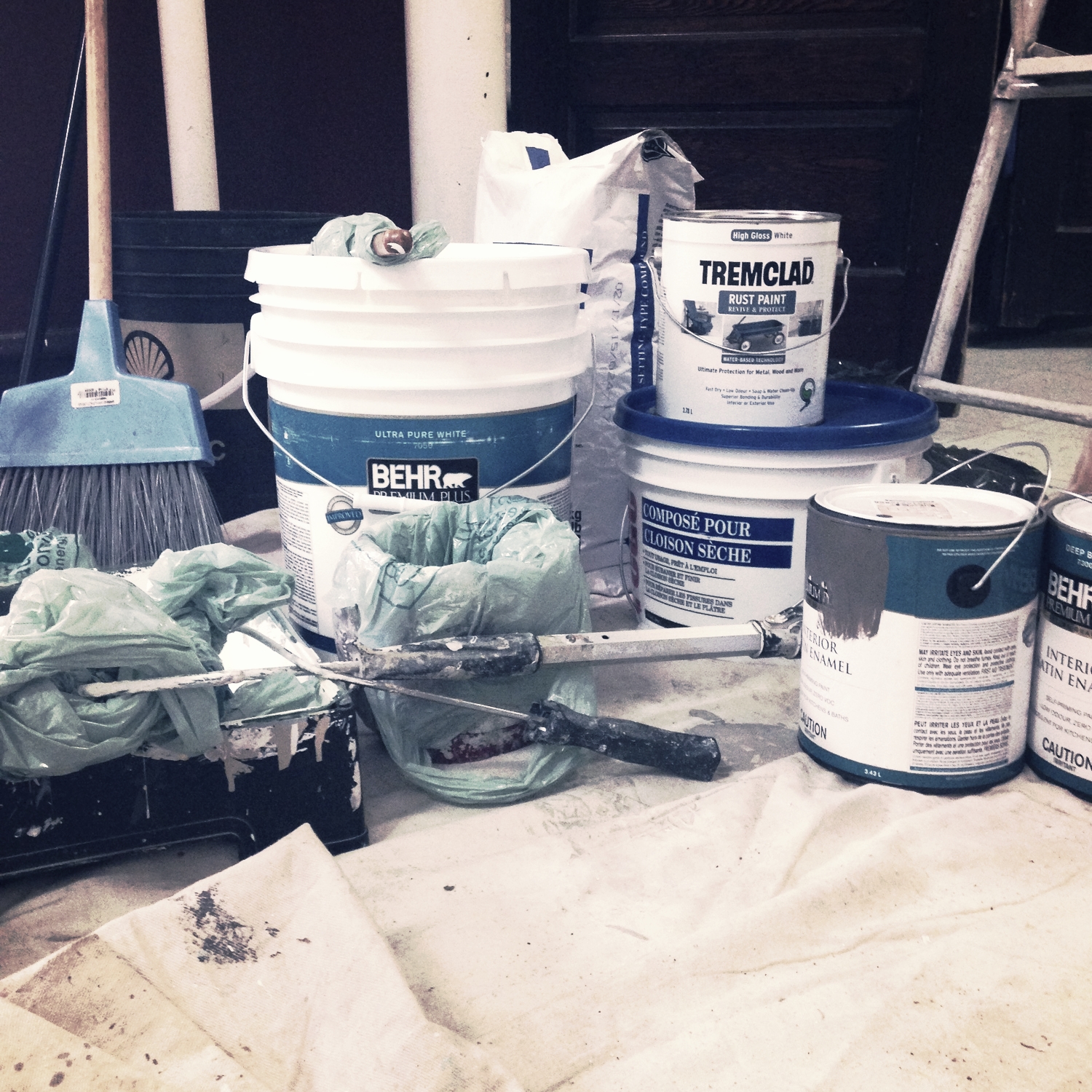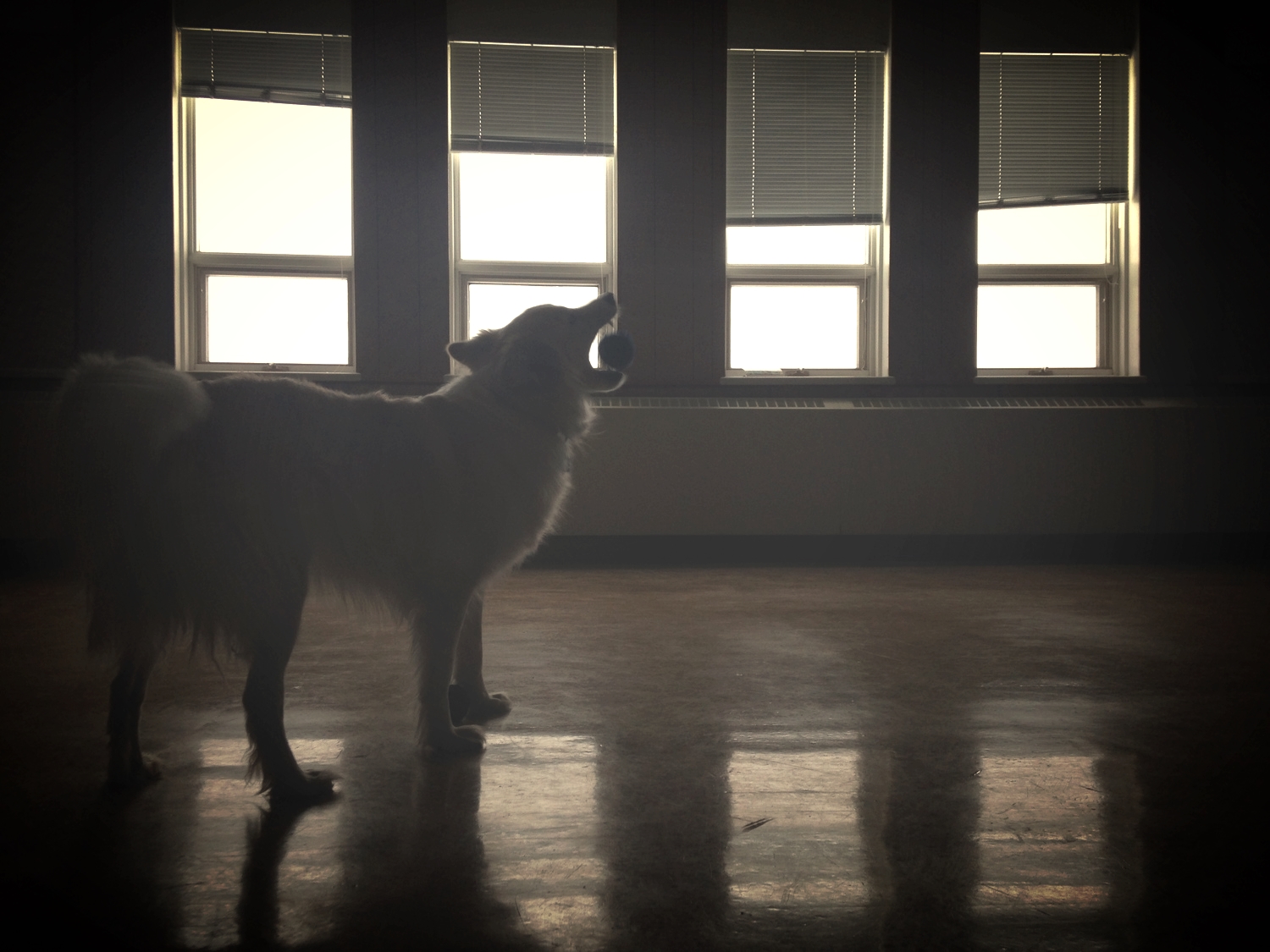New Life for an Old School
**Read an update on this story from April 2016: New Life for an Old School - Part 2**
- -
This week in Fredericton I share a tragically familiar story. A couple old schools were shut down and consolidated; a new school was built in the boonies making walking to school a thing of the past. I do not know the full details of this particular shut down or why it was deemed necessary. Still, I'm skeptical about its logic because we're routinely burned by these decisions. That's not the point of this post though. In this post, I'm going to sideline my thoughts on that new school and instead focus on new life for an empty old school.
On Easter weekend, a friend invited me and a crew of other thinky types to come explore one of the closed schools. It was purchased by a local individual and is being reimagined as a community centre. We spent an evening there talking about the barriers and opportunities to this building's future.
Old School: Alexander Gibson Memorial (Walkscore: 19)
"Alexander Gibson Memorial School (AGMS), home of the Mustangs, is a medium sized elementary school located on Canada Street in the historic Marysville section on the north side of Fredericton. [...] Our building, originally built in 1926 and retrofitted over the years, houses 16 classrooms, a library, a multi-purpose room called the Canada room [...] a large gymnasium, which is used for physical education, assemblies, and a variety of performances. On weekends and evenings our school is open for community use through the Fredericton recreation department." http://agms.nbed.nb.ca/schoolprofile
FYI here are the other schools involved in the whole transaction.
Old School 2: South Devon Elementary (Walkscore: 26)
Was located in a well-used neighbourhood park beyond this crosswalk. This public school is now being converted to a private Christian school. Only a small percentage of Canadian students attend private school.
Replacement School: Gibson-Neill Memorial (Walkscore: 8)
I hear they have smart-boards.
A Virtual Tour
Click pictures to enlarge and read captions.
Good idea? Bad Idea?
So we walked the school, ate some soup, played in the gym, and contemplated: what would be a happy future for this place?
- It's at a key junction of a moderate-traffic trail system.
- There is a large government office a five minute walk away, with scarce lunch options.
- It's on a bus route from Fredericton.
- It's a great building with historic value to the community.
BUT:
- It's on the outskirts of Fredericton, and on the more car-dependent side of the river. This school is located in a small town which was amalgamated by the City of Fredericton in the 70s. I've only ever been there because I run and bike a lot on the trails - it's about a 6.5 kilometer (4 mile) trek from downtown. It is not a place young people from the city could access conveniently and would thus likely rely on the local population of old Marysville and daytime government workers.
- Even then, were this to be a community centre, could it compete with the draw of downtown Fredericton where the same efforts are unfolding?
- There are other underused buildings in Fredericton that have been approached by the usual suspects (mostly non-profits) looking to remake them into community hubs. This is all admirable and I support it, but how many community hubs can we sustain when so many of our community groups and centres are more or less on life-support already?
The Strong Town Approach on a Building Scale
To me, this building would make a great school. Unfortunately, that ship has sailed. Its encore career is a mystery to me, not for lack of obvious redevelopment ideas but because with such a huge property, it's difficult and expensive to pull off. I'm reminded of the case of Artscape Youngplace, a refurbished school in Queen West, Toronto. Even in the hippest of neighbourhoods in the biggest of Canadian cities, with generous donations and a demonstrably competent organization running the project, this was a HARD thing to accomplish. But what if it wasn't a mega-project? What if we could break it down into incremental steps? You'd have to move fast enough to heat the place, but if the goal wasn't to fill the whole school, and rather just a few rooms first, it might stand a chance. Somewhat like the Tennessee Brewery in Memphis...
When asked what I'd do, my best advice was to treat the building like a Strong Town. Pick a couple things you could try fast and cheap that would bring energy to the place. Concentrate them in the part of the building that feels like the natural centre of gravity. If they go well and you are bursting at the seams, open up another classroom. My advice is to make sure you've got tenants that keep the doors open as well as those that keep the people flowing. It's no good to be a non-profit community centre for two months and then shut down because you can't pay rent. It would also be a pity if the public were henceforth locked out of a building of such community importance by redeveloping the space into only condos or offices, for example.
As I mentioned, there are a couple of other locations in the city which are exploring the community centre model. Off the top of my head, there's already a functioning school trying this, and an old YMCA turned intercultural centre. Who knows how many community centres we need or how far we can stretch the common pool of volunteers and donations. If each site took the approach of expanding incrementally based on feedback and investment (as opposed to just grants and donations), we could make wiser decisions on where to direct resources. Easier said than done because these are expensive buildings to heat and service, but I fear the alternative of throwing good money after bad. I hope all of these sites will be a terrific success, but the way to get there is more likely through cheap experimentation than dramatic revisioning.
Or maybe not?
Every city seems to have examples of churches or schools turned into alternative uses. How did your local people do it? What was critical to a successful transformation? What would you do differently?
I'd love to pass on some wisdom to the good people working on this project.
GRACEN JOHNSON is a communications designer living in The Maritimes. While she finished her MPhil in Planning, Growth, and Regeneration in 2013, she has never stopped studying the city. Gracen thinks of her day-to-day as participatory action research, diving into the question of how Strong Citizenship can transform a city. She wears many hats trying to crack that nut herself, including as the designer and coordinator of an accelerator for small businesses that build community. She also freelances around the vision of "Projects for Places we Love" and has a video blog called Another Place for Me.
This year, Gracen is sharing field notes on her experiences with Strong Citizenship. In this regular column, you'll get snapshots of life as a friendly neighbour in a quintessential Little City that feels like a Big Town.





























